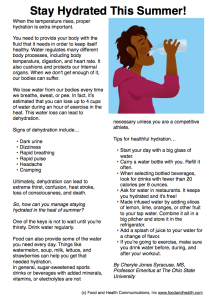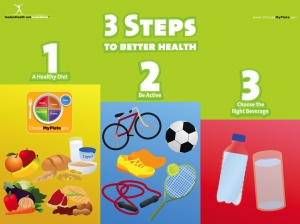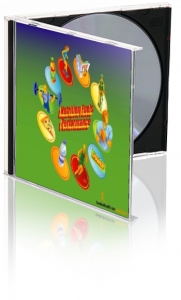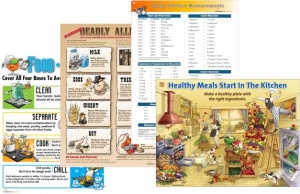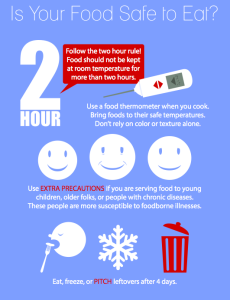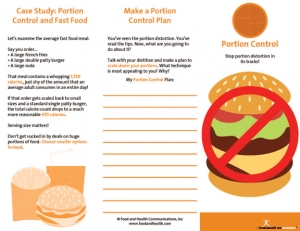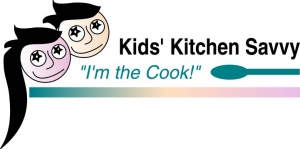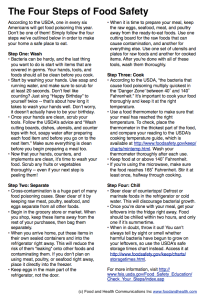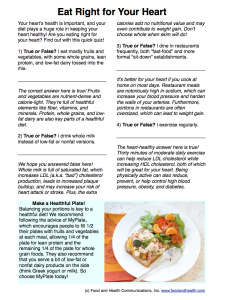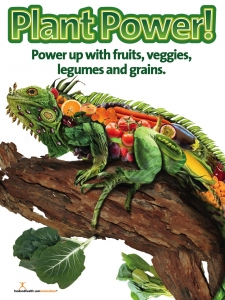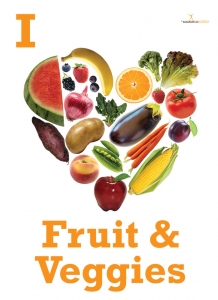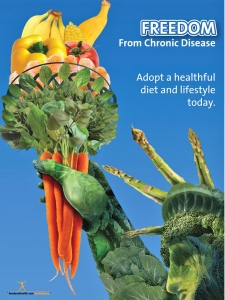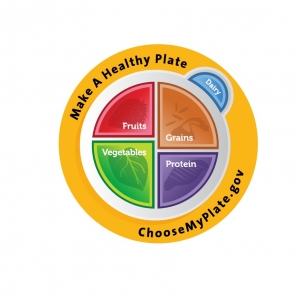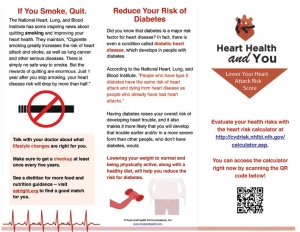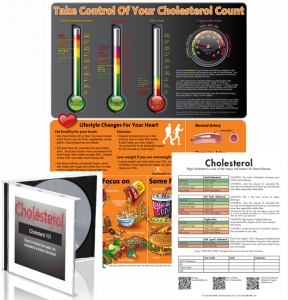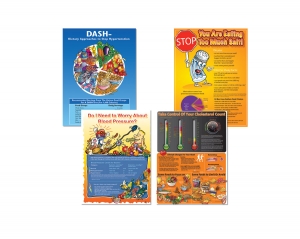Summer is in full swing at our beach community and it is HOT.
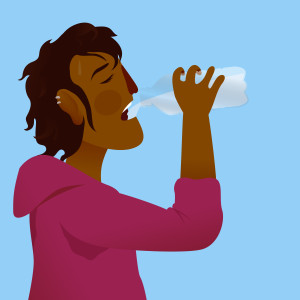 When the temperature rises, proper hydration is extra important. You need to provide your body with the fluid that it needs in order to keep itself healthy. Water regulates many different body processes, including body temperature, digestion, and heart rate. It also cushions and protects our internal organs. When we don’t get enough of it, our bodies can suffer.
When the temperature rises, proper hydration is extra important. You need to provide your body with the fluid that it needs in order to keep itself healthy. Water regulates many different body processes, including body temperature, digestion, and heart rate. It also cushions and protects our internal organs. When we don’t get enough of it, our bodies can suffer.
We lose water from our bodies every time we breathe, sweat, or pee. In fact, it’s estimated that you can lose up to 4 cups of water during an hour of exercise in the heat. This water loss can lead to dehydration.
Signs of dehydration include…
- Dark urine
- Dizziness
- Rapid breathing
- Rapid pulse
- Headache
- Cramping
Ultimately, dehydration can lead to extreme thirst, confusion, heat stroke, loss of consciousness, and death.
So, how can you manage staying hydrated in the heat of summer?
One of the keys is not to wait until you’re thirsty. Drink water regularly.
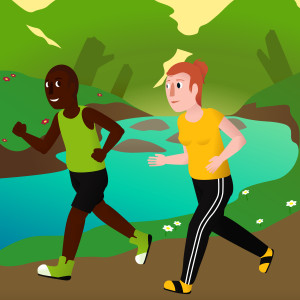 Food can also provide some of the water you need every day. Things like watermelon, soup, milk, lettuce, and strawberries can help you get that needed hydration.
Food can also provide some of the water you need every day. Things like watermelon, soup, milk, lettuce, and strawberries can help you get that needed hydration.
In general, sugar-sweetened sports drinks or beverages with added minerals, vitamins, or electrolytes are not necessary unless you are a competitive athlete or in heavy training for an athletic event.
I was chatting with some friends the other night about proper hydration, and they asked about caffeinated beverages like coffee, tea, and soda. The general theory is that people should avoid drinks with caffeine because they are diuretics. But, as the American College of Sports Medicine says, the diuretic effect of soda and coffee is mild compared to the amount of fluid that each beverage contains. I’m guessing the thought here is that — when it comes to staying hydrated — any drink is better than none!*
So, how much water should you be drinking in order to stay hydrated?
This really depends on the person and the activity. In the book, Sports Medicine Guidebook, Nancy Clark stresses that people should be drinking enough so that they will urinate every two to four hours and the color of the urine should be light. If you’re working out, she suggests drinking two cups of water before the activity, 4-6 ounces every 15-20 minutes during the activity, and 16 ounces after an hour-long workout.
Tips for healthful hydration:
- Start your day with a big glass of water.
- Carry a water bottle with you. Refill it often.
- When selecting bottled beverages, look for drinks with fewer than 20 calories per 8 ounces.
- Ask for water in restaurants. It keeps you hydrated and it’s free!
- Made infused water by adding slices of lemon, lime, oranges, or other fruit to your tap water. Combine it all in a big pitcher and store it in the refrigerator.
- Add a splash of juice to your water for a change of flavor.
- If you’re going to exercise, make sure you drink water before, during, and after your workout.
By Cheryle Jones Syracuse, MS, Professor Emeritus at The Ohio State University
PS As you hydrate, be sure not to take things too far. Avoid hyponatremia, which often occurs with slower athletes during endurance events. The article, How to Avoid Hyponatremia can be a huge help.
Like what you see? Here’s some of the key information from this post, assembled in a handout just for you. Feel free to distribute it to your clients or use it in a summer display!
Plus, there’s a ton of hydration resources in the Nutrition Education Store!
* That said, alcoholic beverages will increase urine output and decrease hydration.



